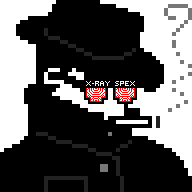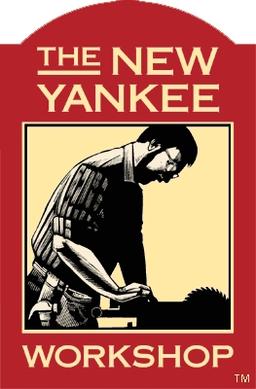

0·
7 days agodeleted by creator
Non-binary computer witch.
ネットワーク内部から来ています。
¡ACHTUNG!
May contain thoughts and opinions
Viewer digression is advised
http://9p.sdf.org/~bubstance/
mailto:[email protected]
openpgp4fpr:5e057c319b634f422db8267189ba712e2779375b


deleted by creator


deleted by creator
deleted by creator
deleted by creator
deleted by creator
deleted by creator
deleted by creator


deleted by creator


deleted by creator


deleted by creator


deleted by creator


deleted by creator


deleted by creator


deleted by creator


deleted by creator


deleted by creator


deleted by creator


deleted by creator
deleted by creator